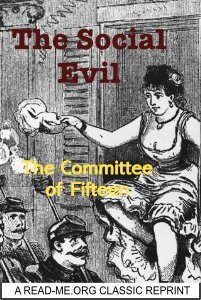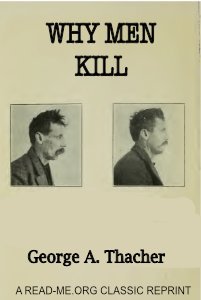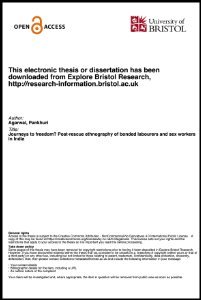By Albert Borowitz.
This is the first book-length study of an important early Victorian criminal case: the murder of Patrick O'Connor in Bermondsey (South London) by his mistress Marie Manning and her husband. Set in the midst of the raging cholera epidemic of 1849, the case stirred the passionate interest of all sectors of British society, including writers and public figures. Notable among students of the case was Charles Dickens, who based his characterization of Mile Hortense, the murderess in Bleak House, on the personality of Mrs. Manning. The Manning case represents a remarkable chapter in the social history of England. The apprehension of the Mannings was a major early triumph of Scotland Yard; and the efficient detective work, featuring the use of the newly invented electric telegraph, as well as pursuits by sea and rail, confirmed the early Victorian sense of security and the belief in progress based on science. At the same time, the case stirred controversy in a number of respects. The intensive coverage of the murder by a sensation-mongering press led to public outcries against the commercialization of crime; and the brutish behavior of the crowd at the Mannings' execution sharpened partisan feelings on the issue of capital punishment. Dickens was inspired to write his famous letters to the Times advocating an end to public hangings, and was denounced in turn by absolutist supporters of the abolition of the death penalty.
Columbus, OH: Ohio State University Press, 1981. 337p.















